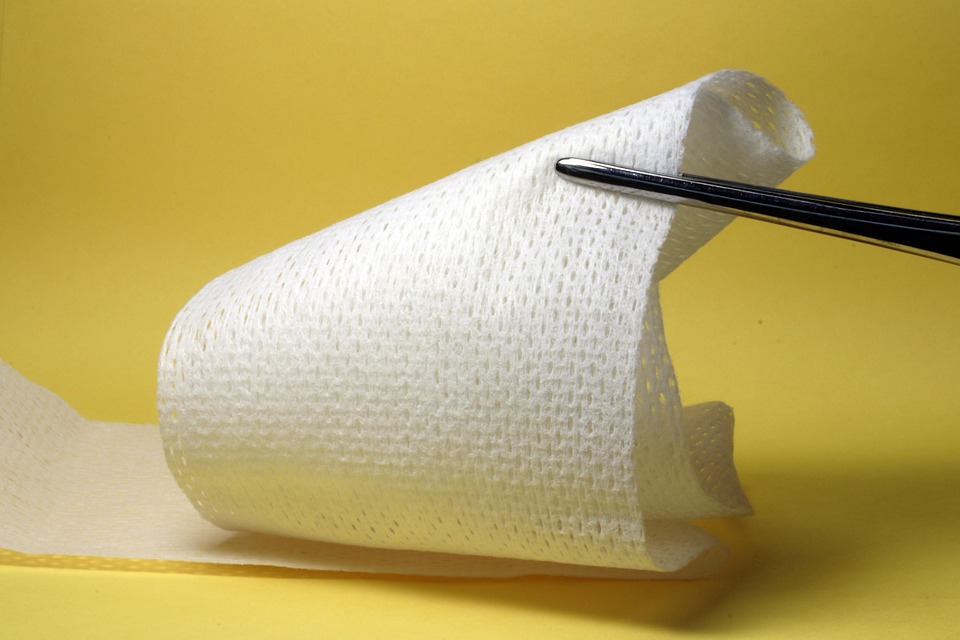Sports
Sports Injuries: Causes, Treatments, and Prevention Tips

Hey there, my friend! If you’re into sports—whether you’re a weekend warrior or a daily gym rat—you’ll know that injuries can sometimes take the fun out of the game. They sneak up on you when you least expect it, and suddenly you’re on the couch instead of in the field. In this article, let’s dive into the nitty-gritty of sports injuries: what causes them, how to treat them, and tips to avoid them altogether.
Understanding the Basics of Sports Injuries
First thing’s first: what exactly are sports injuries? Well, they can be pretty much any injury that occurs during physical activity or sports tasks. This includes sprains, strains, fractures, and more.
Common Culprits:
-
Overuse: Repetitive motions can wear down muscles and joints. Think about that pitcher who throws a hundred fastballs in a single game.
-
Trauma: This can happen from a fall, collision, or any direct impact. Ouch!
-
Improper Technique: If you aren’t using the right form or equipment, you might be setting yourself up for a disaster.
-
Insufficient Warm-Up: Jumping straight into your game without prepping your muscles? A recipe for disaster!
The Lowdown on Common Sports Injuries
Let’s talk about some of the most common injuries you might encounter.
Sprains and Strains
These two are often confused, but they represent different issues.
-
Sprains involve the ligaments, the tough bands connecting bones at a joint. Imagine twisting your ankle while running—that’s a sprain!
-
Strains are about muscles or tendons. For example, you might pull a hamstring during a sprint.
Both can range from mild to severe and could take weeks to heal!
Fractures
Fractures are breaks in the bone, and they can really be a game-changer. You might see athletes wearing those big ol’ casts, and that’s usually because they’ve suffered a fracture.
- Stress fractures are small cracks in a bone, often due to overuse—think marathon runners!
Tendinitis
Tendinitis happens when tendons—the tissues that connect muscles to bones—become inflamed. It’s common in sports like tennis (think “tennis elbow”) or in runners (hello, “runner’s knee”).
How to Treat Sports Injuries
So, you or a friend took a tumble on the field. Now what? Here are a few things to keep in mind regarding treatment.
The R.I.C.E. Method
If you ever find yourself nursing an acute injury, remember R.I.C.E.:
-
Rest: Give your body time to heal. No need to push through the pain.
-
Ice: Apply ice packs for about 20 minutes at a time. This can help squelch that swelling.
-
Compression: Wrapping the injury can further help with swelling and provide support.
-
Elevation: Keep the injured area elevated above your heart to reduce swelling.
When to See a Doctor
If you feel immense pain, can’t put weight on the injured area, or see significant swelling or bruising, it might be time to consult a healthcare professional. They might recommend imaging tests like X-rays or MRI scans for a proper diagnosis.
Prevention Tips To Keep You in the Game
Wouldn’t it be great to avoid injuries in the first place? Let’s chat about some solid tips to keep you healthy and active.
Warm-Up and Cool Down
Always start with a proper warm-up that gets your muscles moving and your heart pumping. Some dynamic stretches and light jogging can work wonders. After your activity, cooling down with static stretching will help keep those muscles flexible.
Invest in Proper Gear
Wearing the right equipment can make a huge difference. Check out the technology behind your sport’s shoes and gear!
-
For runners, proper running shoes can help prevent Achilles injuries.
-
For cyclists, a correctly fitted bike keeps your joints safe.
Cross-Training
Mix it up! Engaging in different types of activities helps balance muscle usage and prevents overuse injuries. If you’re a runner, try swimming or cycling on off days.
Listen to Your Body
Don’t ignore warning signs. If something doesn’t feel right, take a break and assess it. It’s better to sideline yourself for a bit than to be out for months!
Seek Professional Advice
Sometimes it’s best to consult a sports medicine professional. They can offer personalized training plans, rehabilitation exercises, and the latest techniques to prevent injuries. You can find more detailed advice at Mayo Clinic.
Final Thoughts on Staying Injury-Free
Sports injuries don’t have to ruin your passion. With the right understanding of what can go wrong, solid treatment options, and smart prevention tips, you’ll be well-equipped to combat potential setbacks. So get out there, enjoy your game, and remember—you got this!
